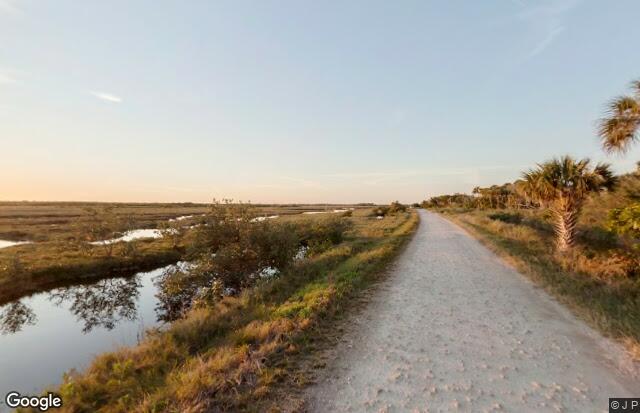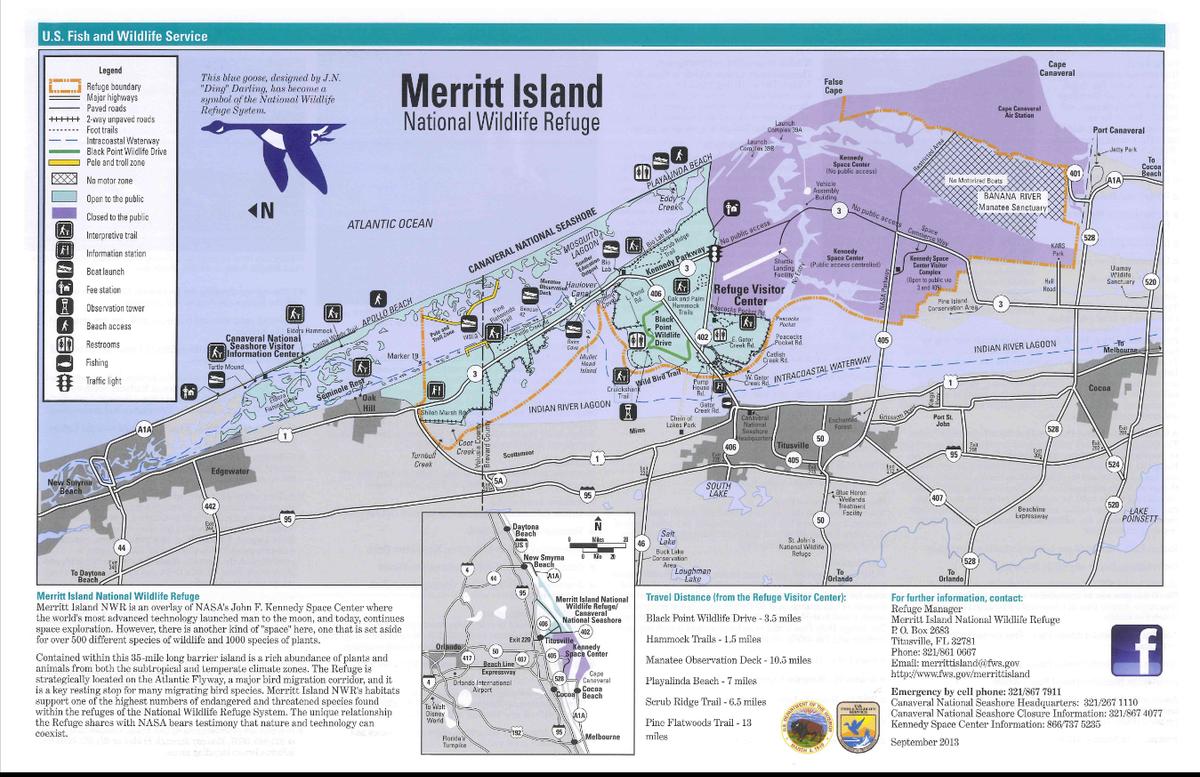
Merritt Island National Wildlife Refuge






Volusia, Florida, US
Merritt Island NWR (Volusia co.) (Please consider using more specific locations)
217 species






Merritt Island National Wildlife Refuge
Titusville, Florida 32782
Official WebsiteMerritt Island NWR (Great Florida Birding Trail) webpage
Merritt Island National Wildlife Refuge map
Tips for Birding
When submitting eBird observations at Merritt Island National Wildlife Refuge, it is most helpful to start a new checklist for each hotspot in the refuge. Use the general hotspot when you have a checklist that includes multiple locations or if no other hotspot or personal location is appropriate for your sightings.
Merritt Island NWR is one of Florida’s premier birding sites with more than 330 recorded species. Stop by the visitor center first to enjoy Painted Buntings (winter), to get a map, and to check the log for recent bird sightings. Most birders head straight to the world-renowned 7-mile Black Point Wildlife Drive (an auto tour loop). Birding and wildlife viewing is excellent on Black Point during fall and winter; drive the auto loop slowly, scanning the impoundments for Sora, Northern Pintail, American Avocet, and “Dancing” Reddish Egrets. Rarities like Eurasian Wigeon and Cinnamon Teal have been found. After Blackpoint, head to Peacocks Pocket Rd., Catfish Loop, and Gator Creek Rd for more car-based birding. For wading birds and shorebirds, Bio Lab Rd. along the lagoon can be fantastic in spring and fall. The refuge has good hiking trails (some with observation platforms); the hammock and scrub trails are popular, and rarities like Kirtland’s Warbler have been found. Look for Florida Scrub-Jay on the Scrub Ridge Trail year-round, and also on telephone wires and posts on SR 3/Kennedy Parkway. The manatee observation deck at Haulover Canal provides views of dozens of manatees in spring, and butterfly viewing throughout the refuge is excellent. Guided birding trips occur weekly, November through March, and in January the Space Coast Birding and Wildlife Festival offers field trips to refuge hotspots. Seasonal hunting occurs in the area, please click here for dates, regulations, and more information.
About this Location
Merritt Island National Wildlife Refuge, located along Florida’s coast about 60 miles east of the city of Orlando, was established by agreement as an overlay of the National Aeronautics and Space Administration’s John F. Kennedy Space Center. The refuge lies within one of the most productive estuaries in the country.
The refuge traces its beginnings to the development of the nation’s Space Program. In 1962, NASA acquired the lands and waters adjacent to Cape Canaveral to establish the John F. Kennedy Space Center. NASA built a launch complex and other space-related facilities, but the development of most of the area was not necessary. On August 28, 1963, as the 286th refuge of the National Wildlife Refuge System, the U.S. Fish and Wildlife Service signed an agreement to establish the Merritt Island National Wildlife Refuge. In 1975 a second agreement established Canaveral National Seashore. Today, the Department of Interior manages most of the undeveloped portions of the Kennedy Space Center as a National Wildlife Refuge and National Seashore.
Content from Official Website and Merritt Island NWR (Great Florida Birding Trail) webpage
Last updated March 28, 2024
